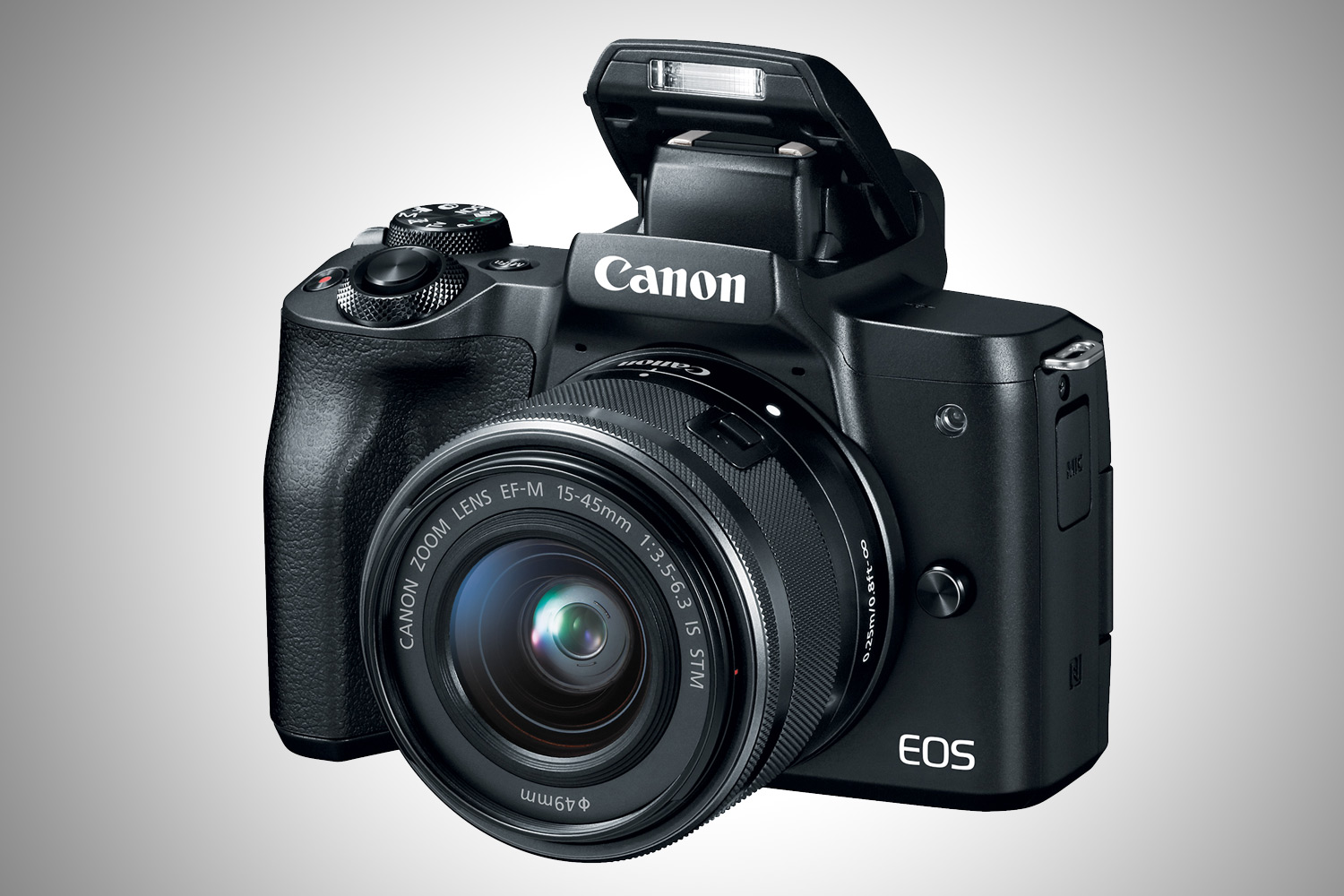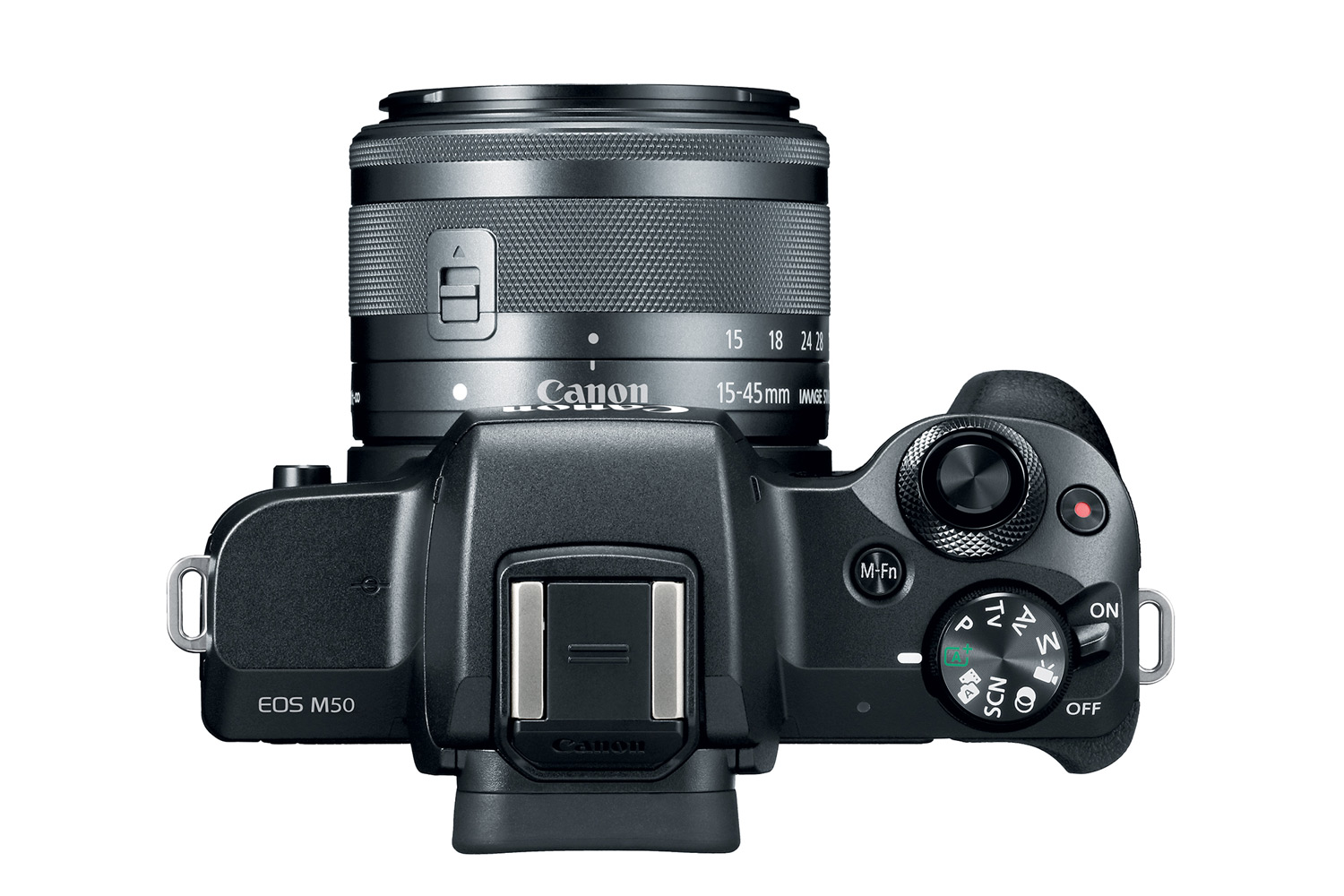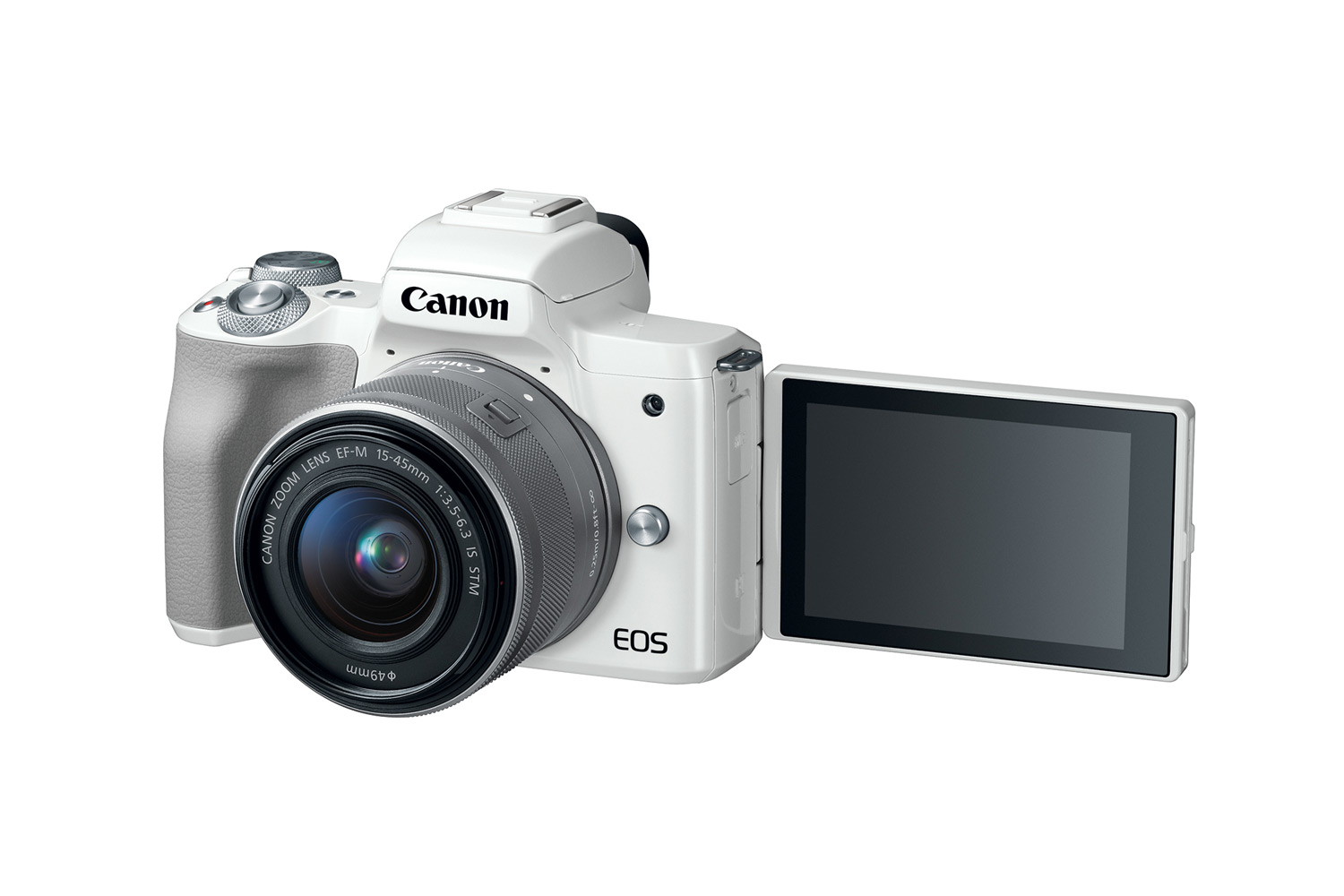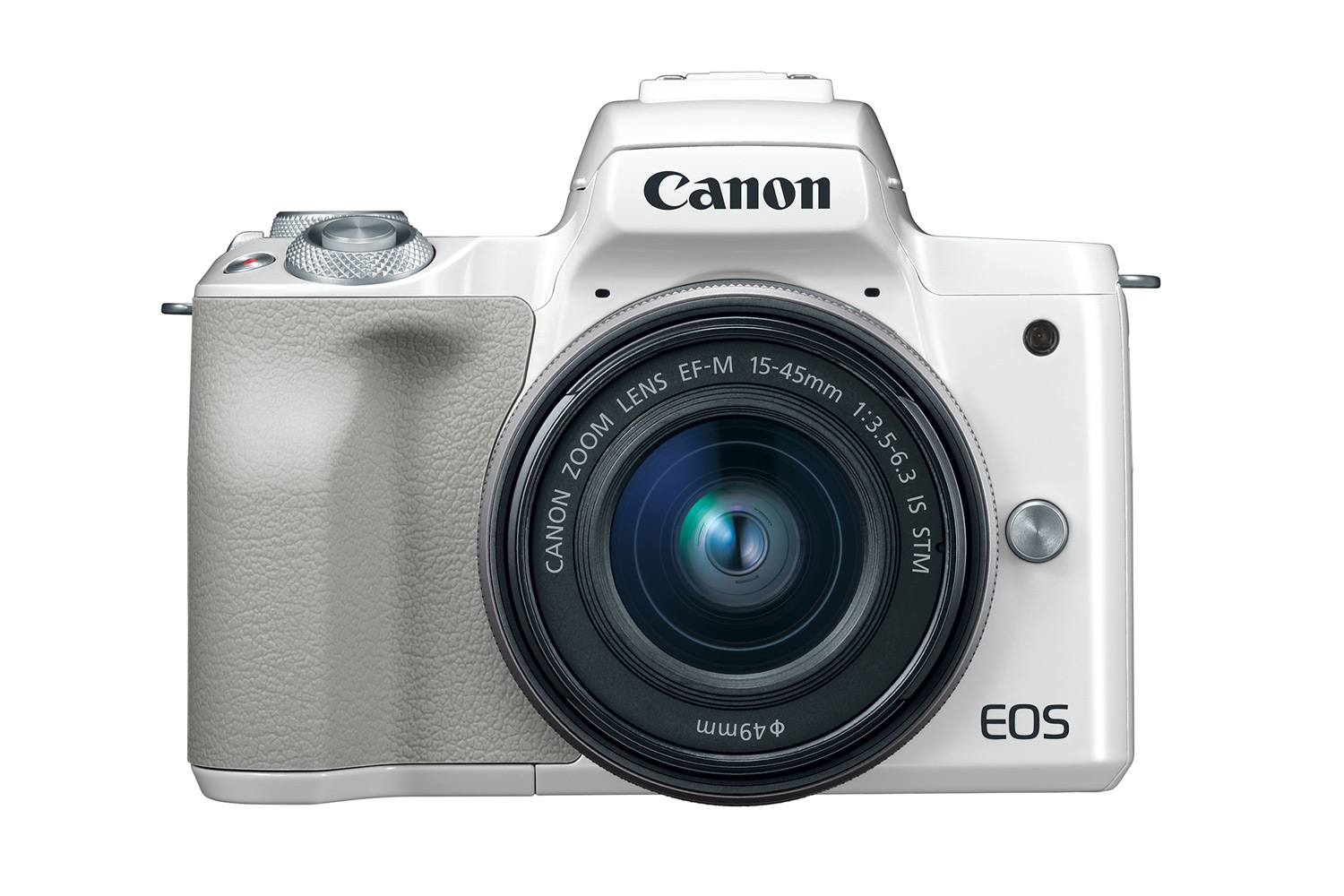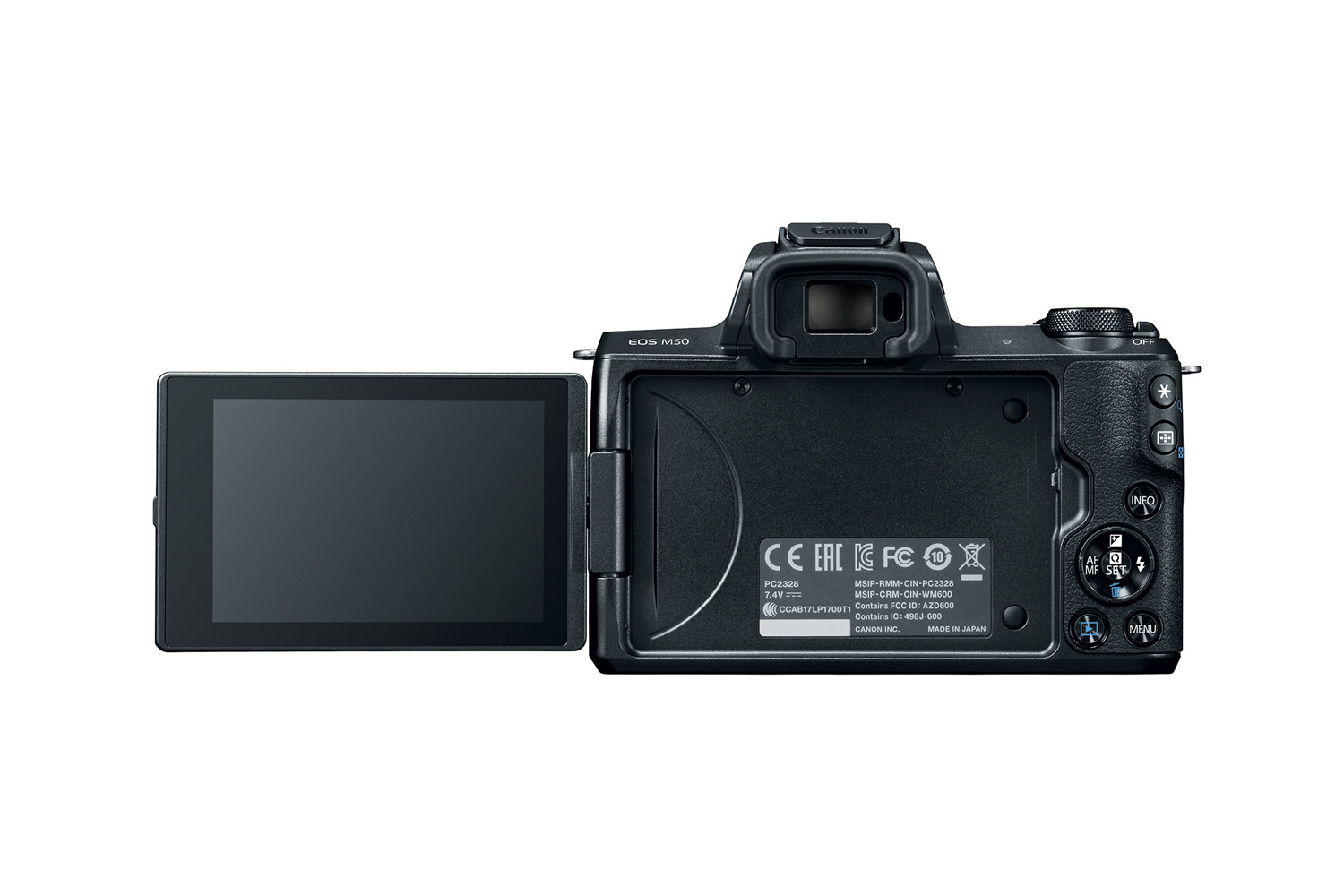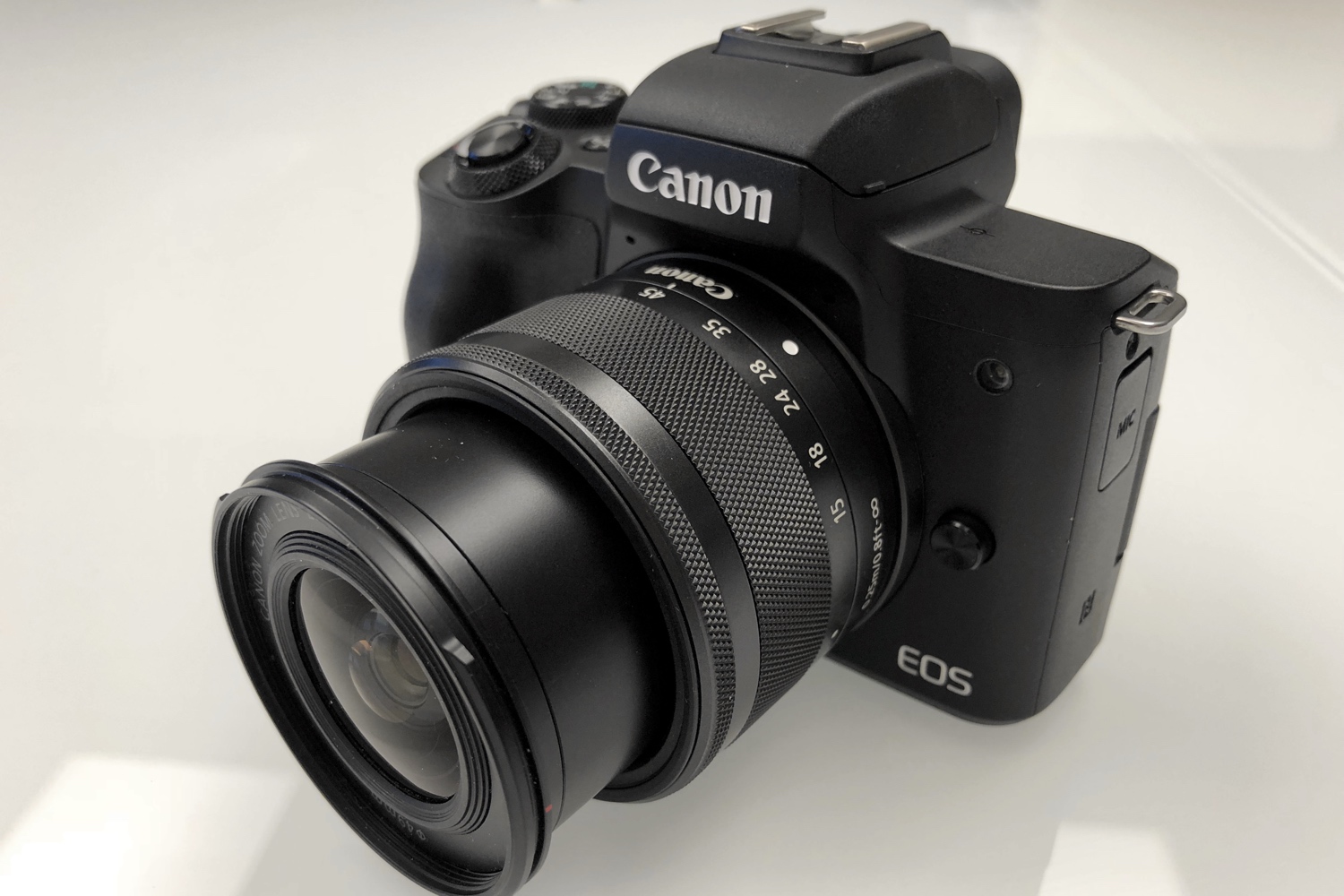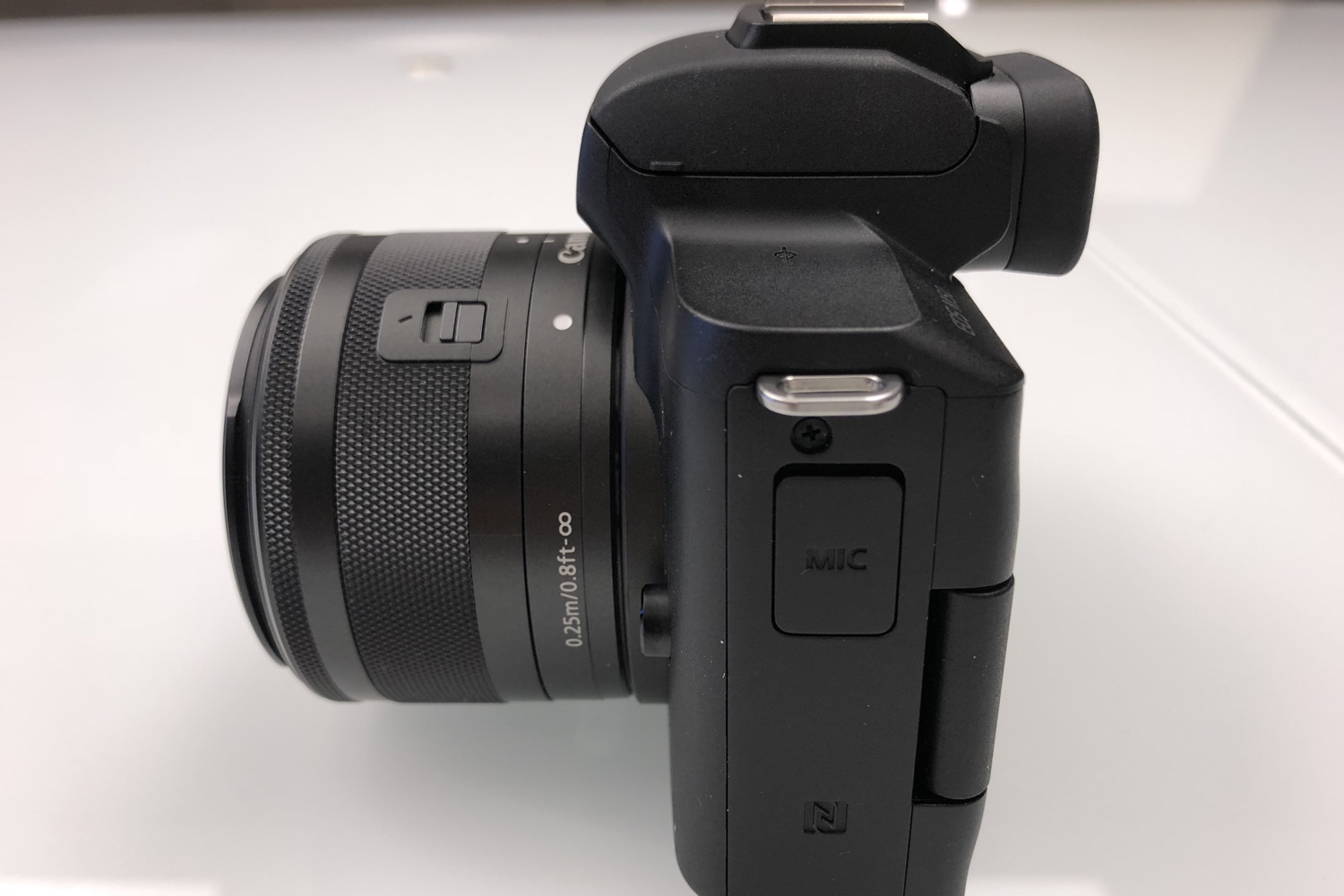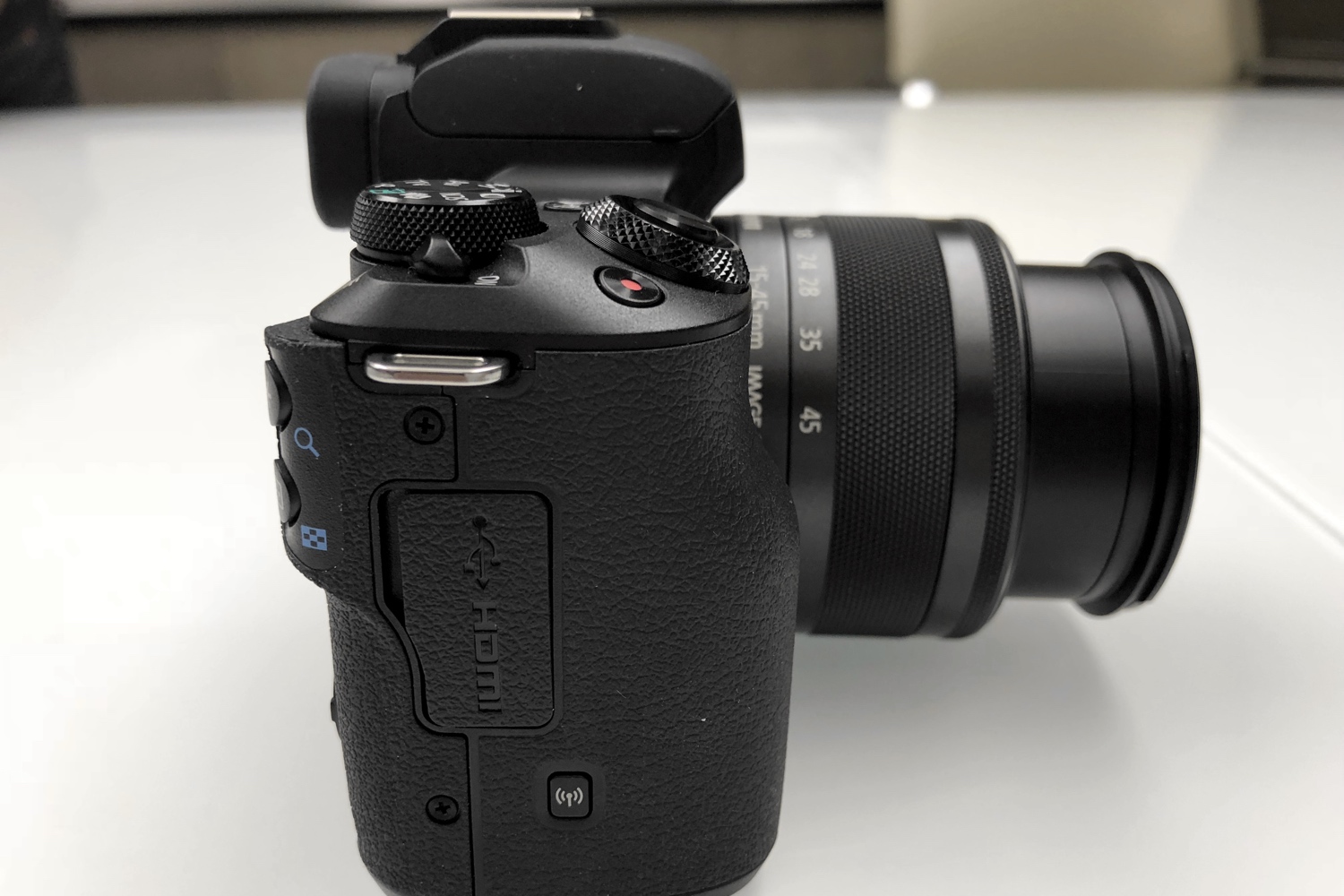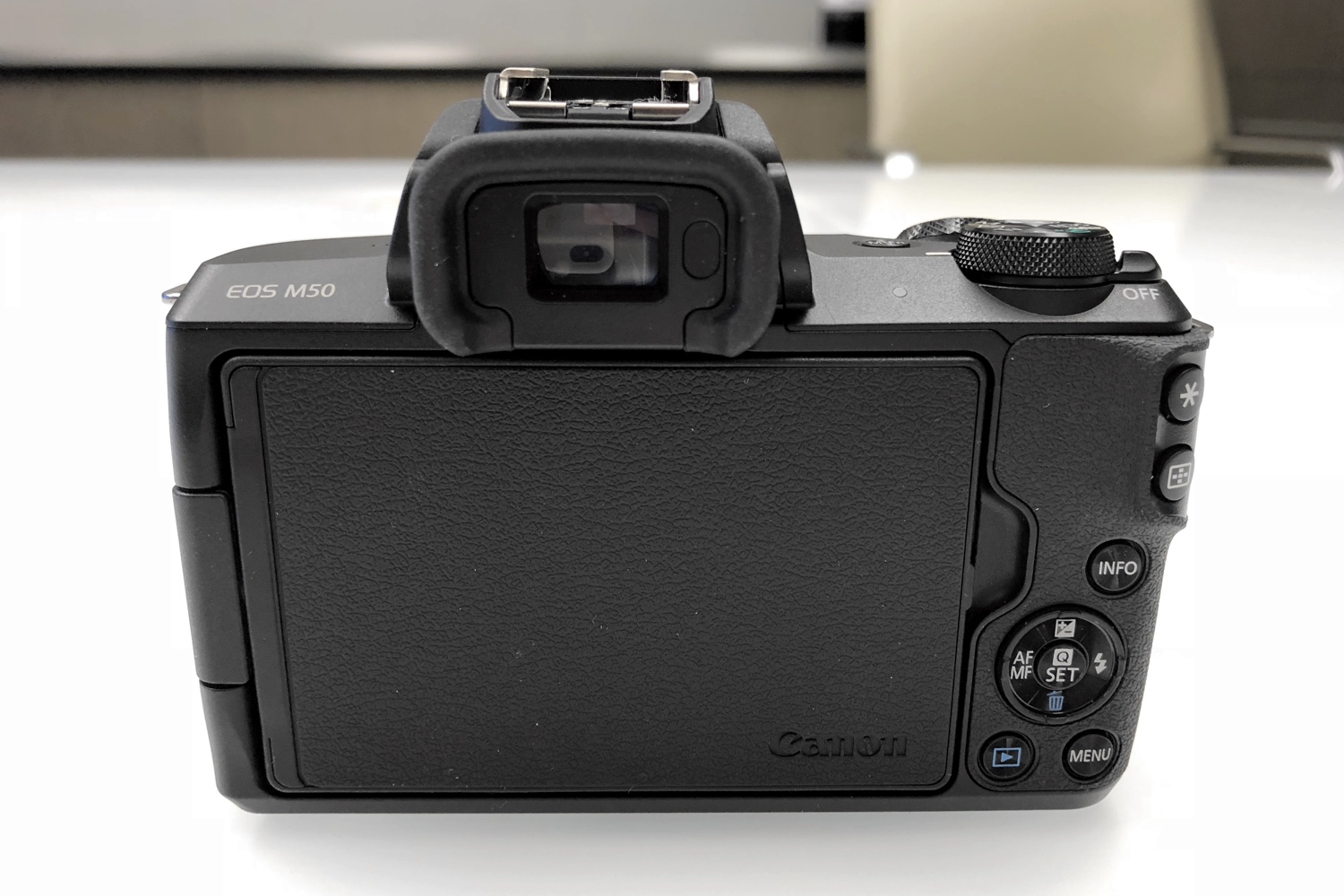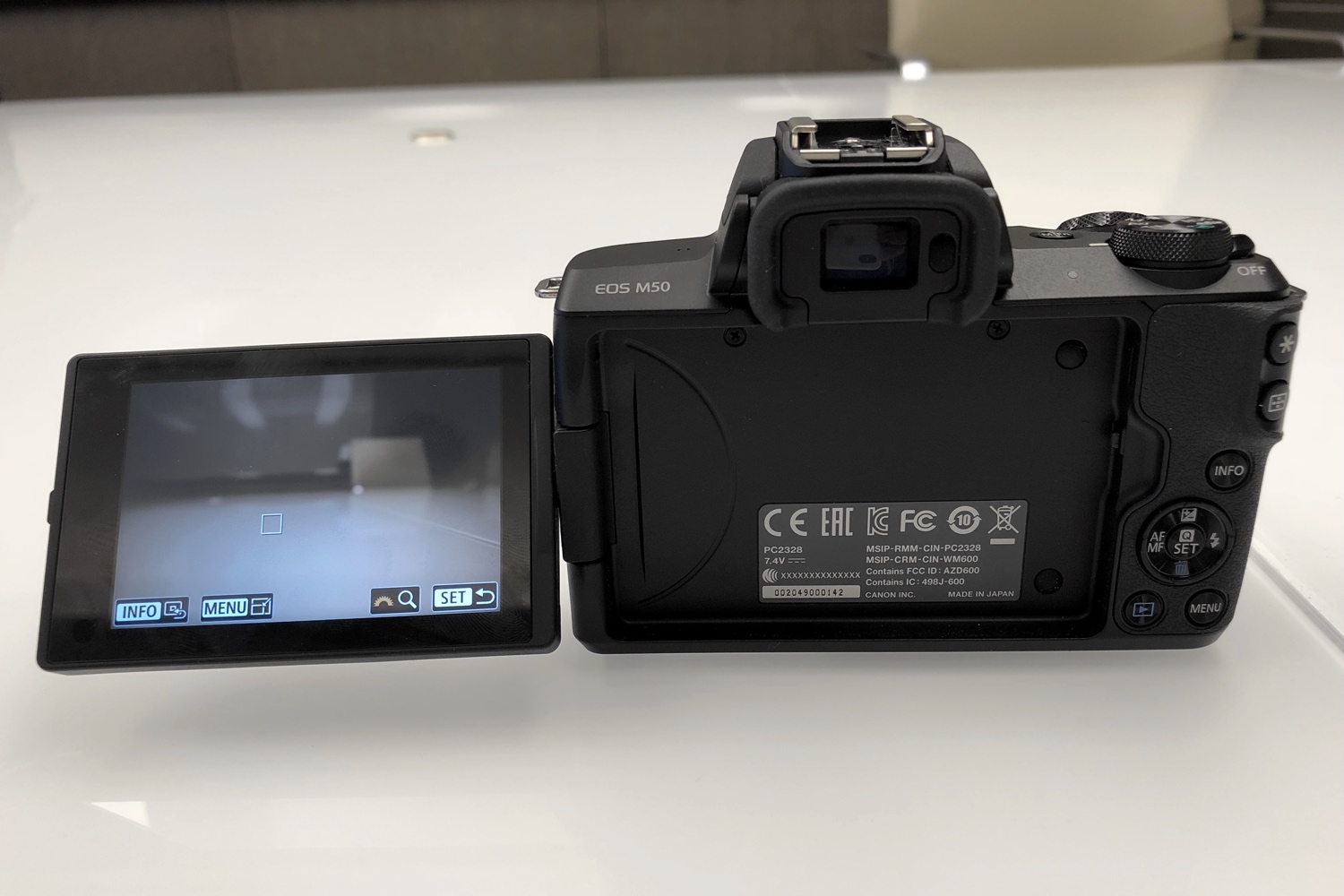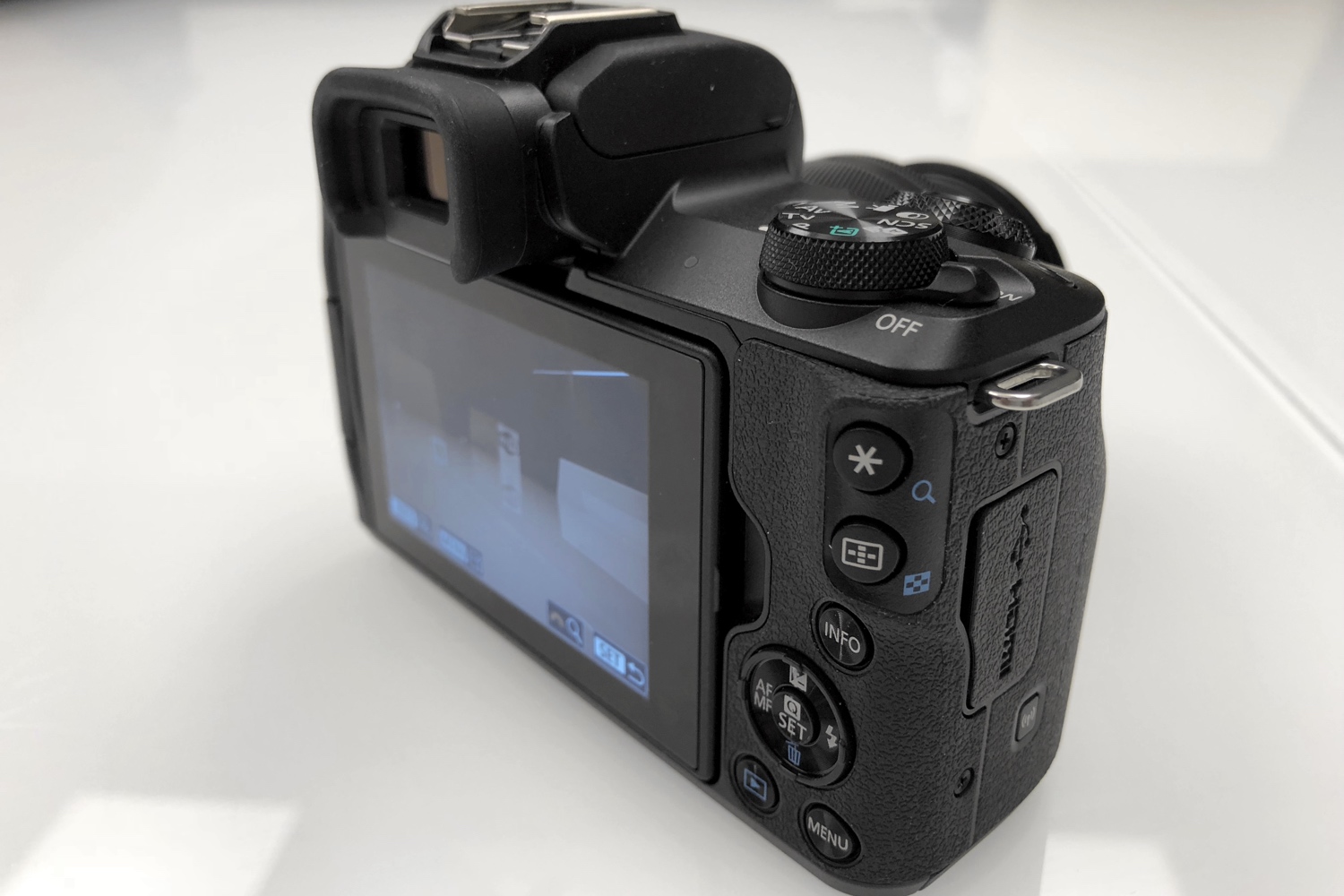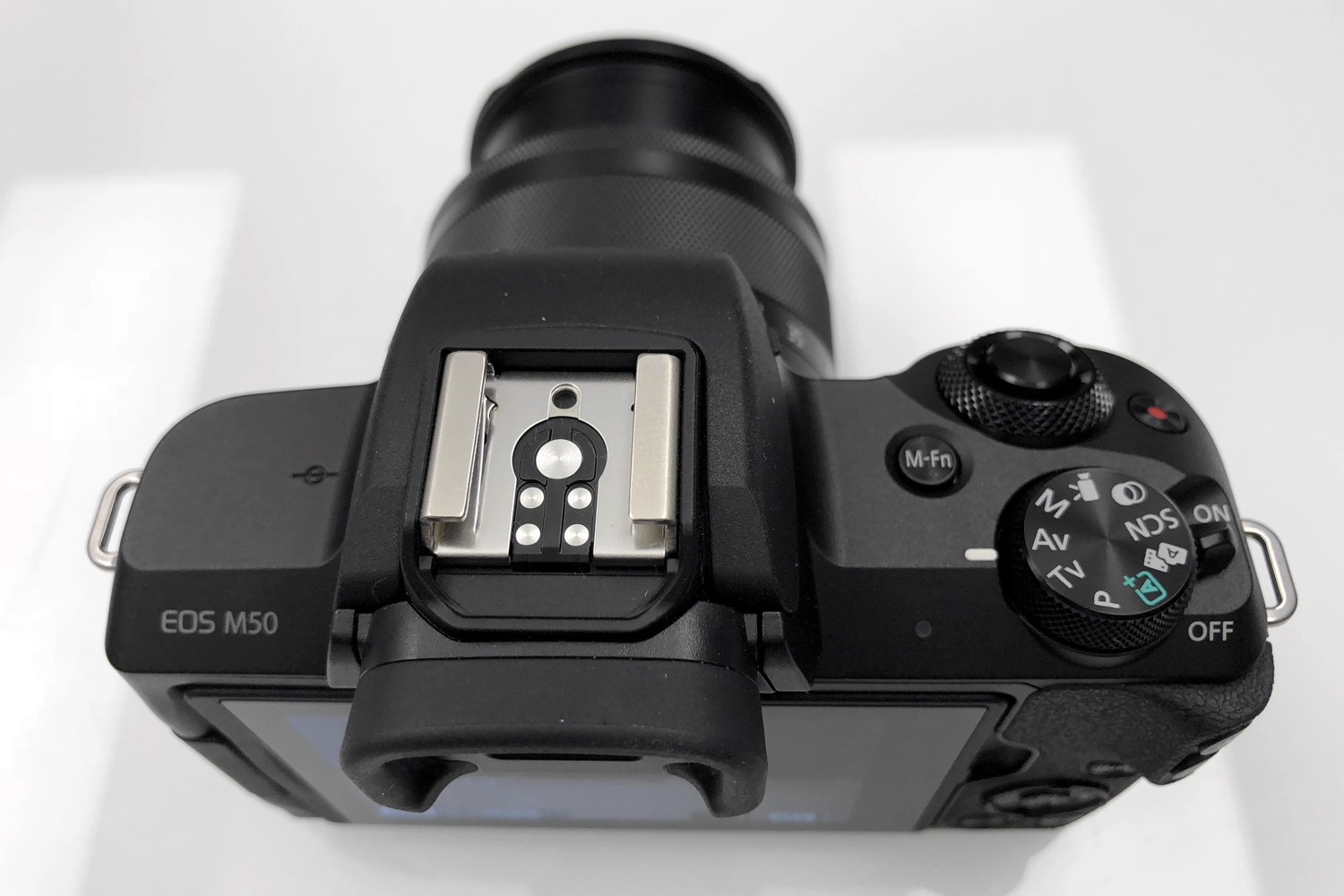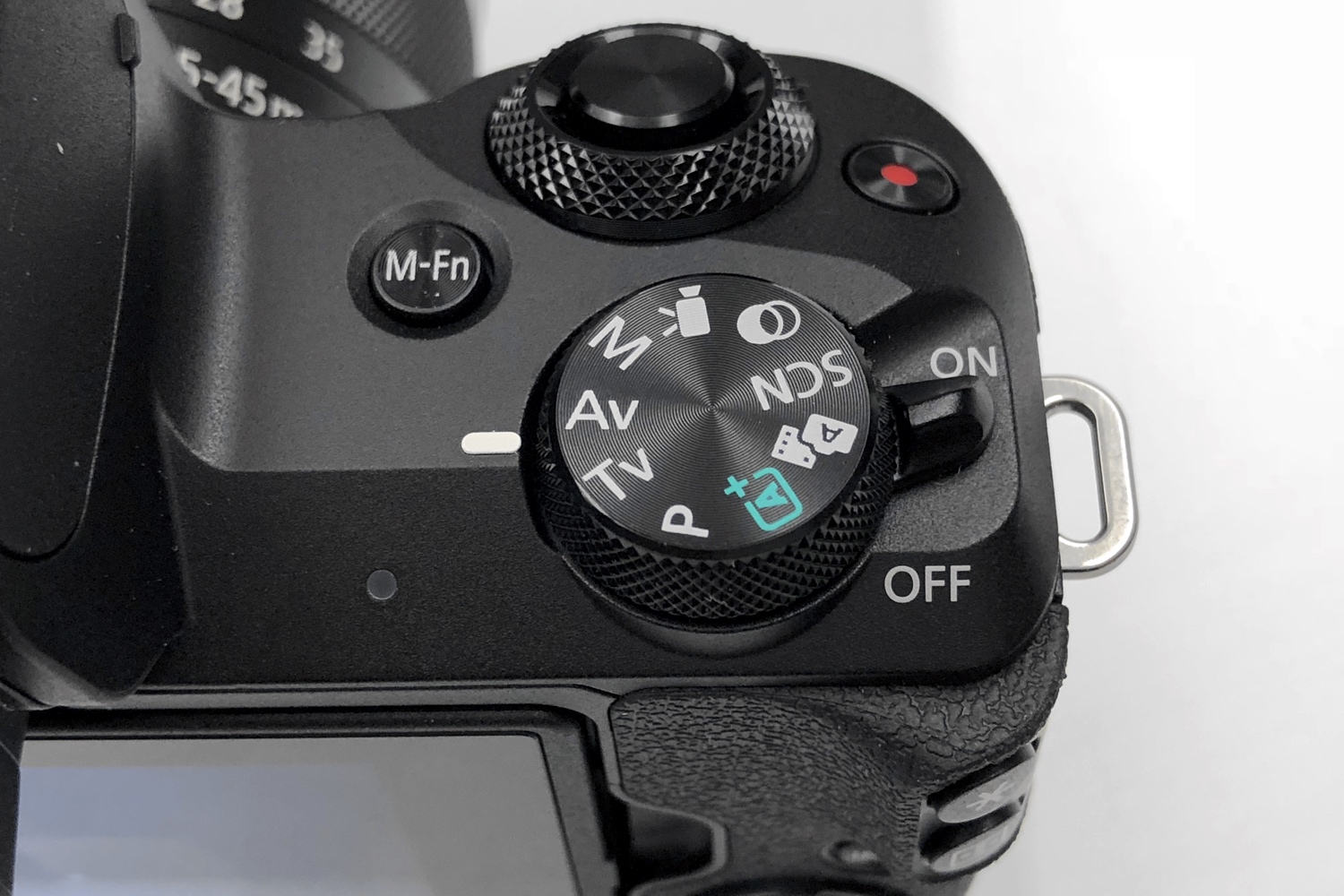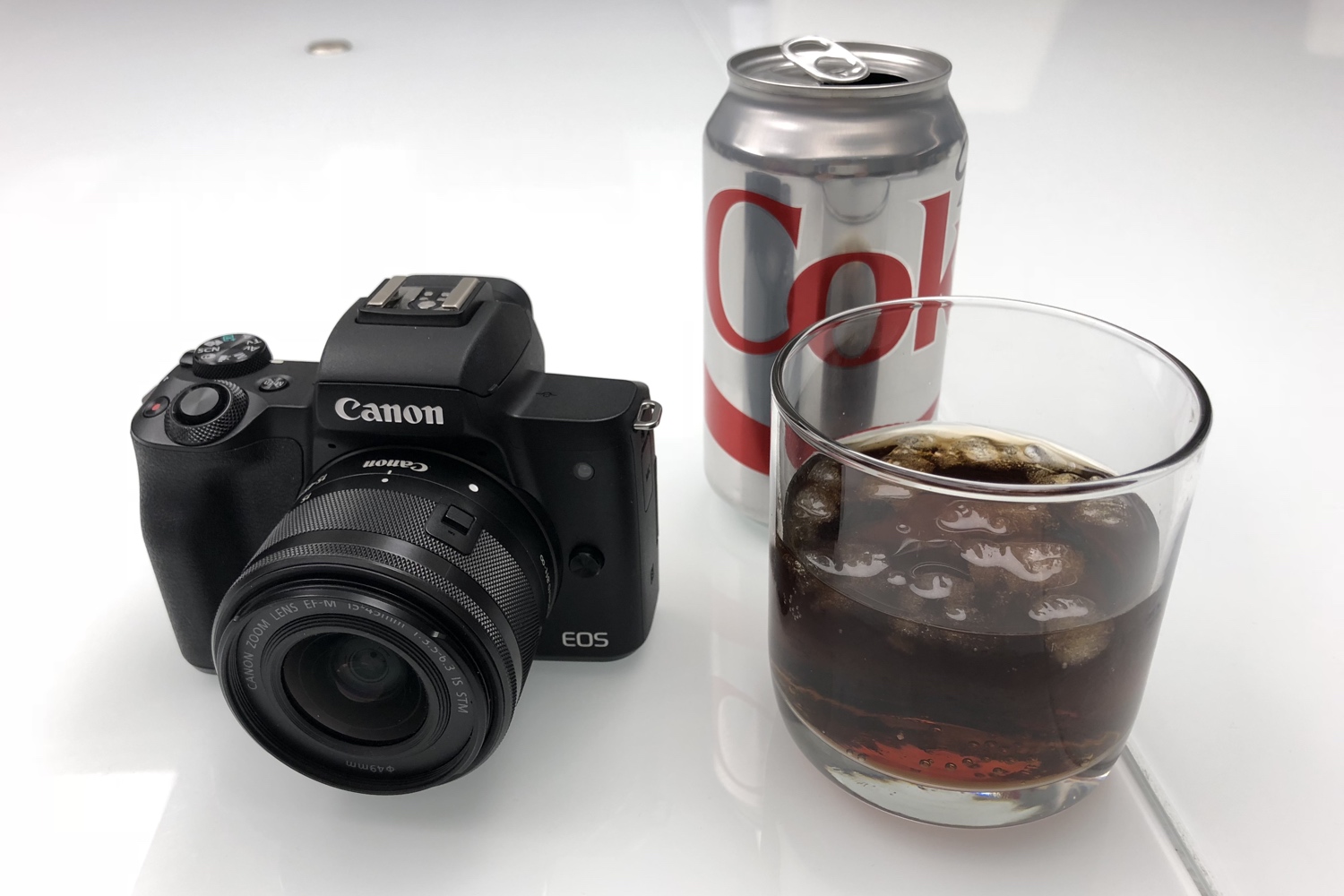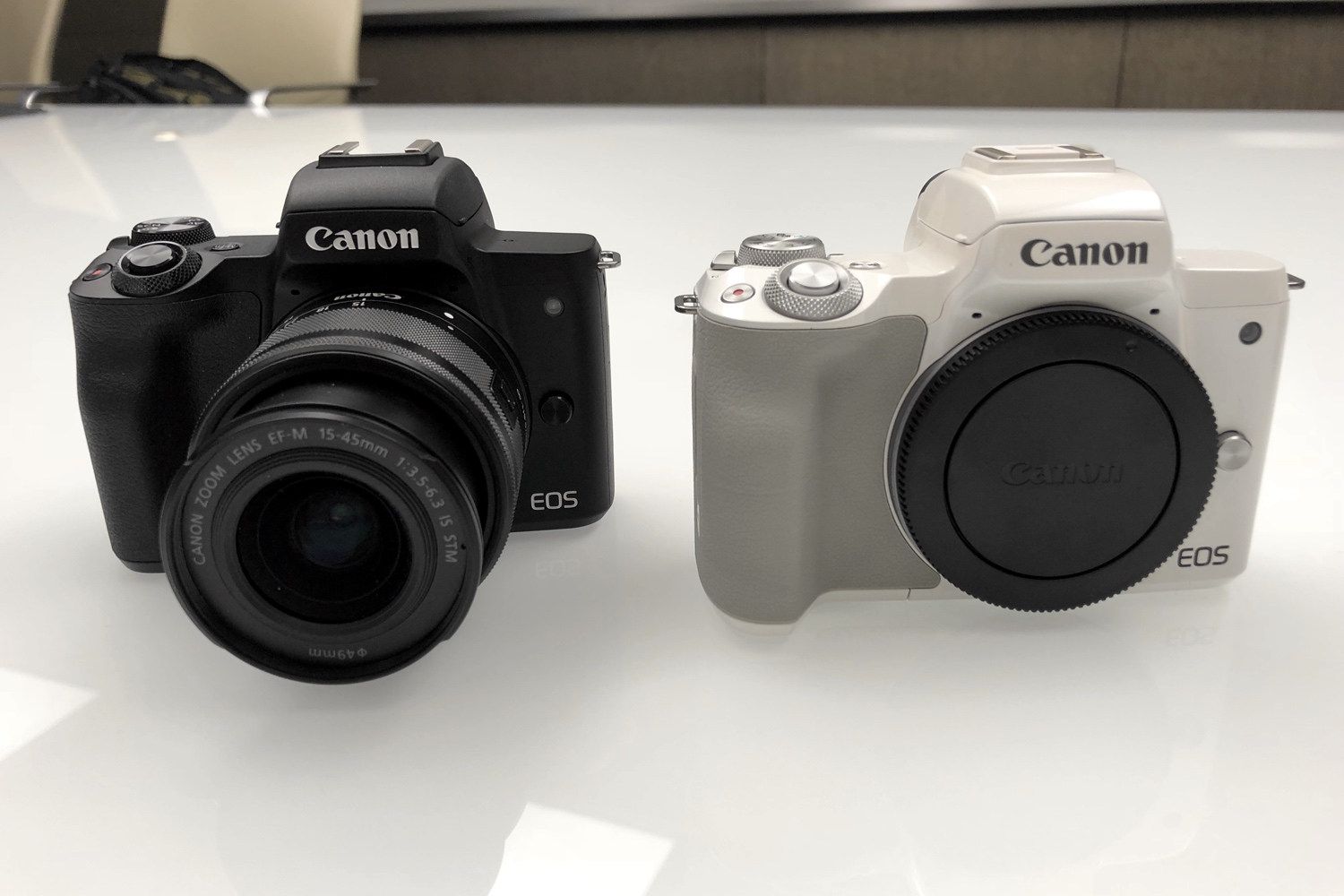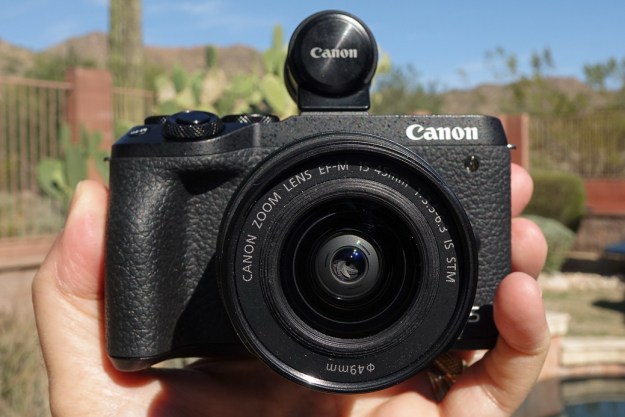Alongside the Rebel T7 DSLR and 470EX-AI flash, Canon introduced a new mid-level mirrorless camera on February 25. Called the EOS M50, it inherits much of the tech from the similar-looking, but higher-end, EOS M5. But it also adds one feature that has been notably lacking from Canon’s mirrorless cameras until now: 4K video.
At just $780 for the body only, we’re a bit surprised that the M50 is the first EOS M camera to go 4K, but we’re certainly not complaining. Canon has been slow to make the move to 4K across its still camera lineup, with only a couple of high-end DSLRs offering the feature (the EOS 1D X Mark II and EOS 5D Mark IV). Along with
That said, the M50 doesn’t offer much in the way of professional options for video shooters, and 4K is only offered at a single frame rate of 23.98 frames per second. Still, we expect the video quality will be a noticeable improvement over the 1080p in the EOS M5, which wasn’t exactly a highlight of that camera. A plus is a mic input.
The extra video power is thanks in part to the new Digic 8 processor, which also helps push the continuous shooting speed up to 10 frames per second, or 7.4 with continuous autofocus. That’s some good speed in a camera at this price point, but the buffer is too small for serious sports photography, allowing for just 10 frames (or a single second of burst shooting) when shooting RAW files, increasing to 33 for JPEGs. Still, this should offer enough performance for the M50’s target demographic of beginner and intermediate photographers. The M50 also has an expanded high ISO setting of 51,200, which wasn’t available in the other M-series models.
Thanks to the Digic 8, autofocusing has also been greatly enhanced. Canon said Dual Pixel AF system is an improvement over the DPAF system in the M5. The M50 has a 99-point system versus the 49 points in the M5, M6, and M100, covering a sensor area of 80 x 80 percent. However, with select lenses, focus area increases to 88 x 100 percent of the sensor, and up to 143 point.
With the M50, Canon also introduces a new RAW format, CR3. Besides a full RAW file, CR3 offers the option of a compressed C-RAW file. Unlike M-RAW and S-RAW in CR2, which lowered the resolution of a photo to achieve smaller file sizes, C-RAW maintains the full resolution, but generates a 40-percent smaller file size. Canon said there’s less data to work with for editing purposes, but the image quality would be difficult to differentiate for most people.
The rest of the features are quite similar to those offered in the M5, including a 24-megapixel APS-C sensor that’s similar but not the same. The M50 also uses a 2.36-million-dot electronic viewfinder (EVF). Like the EVF of the M5, it is situated DSLR-style, directly above the lens mount. The touch-sensitive LCD can be flipped out, with vari-angle tilting — a request from customers.
Arriving in April, the M50 will be available in three kits in addition to the body-only option. The EF-M 15-45mm lens kit will sell for $900, while a two-lens kit that also includes the EF-M 55-200mm lens will go for $1,249. A Video Creator Kit will be available for $1,000, but Canon did not offer specifics of what it would include.
Editors' Recommendations
- Canon EOS R5 vs. Sony A7S III vs. Panasonic S1H: Best full-frame for video?
- Should you buy the Canon EOS R5 or EOS R6? The new mirrorless options compared
- Canon EOS R5 will be a video beast, with 8K RAW, 4K at 120 fps
- Canon EOS R5 is everything the R isn’t, thanks to stabilization, 8K, dual slots
- The Nikon D780 is finally here, with 4K video and insane battery life

